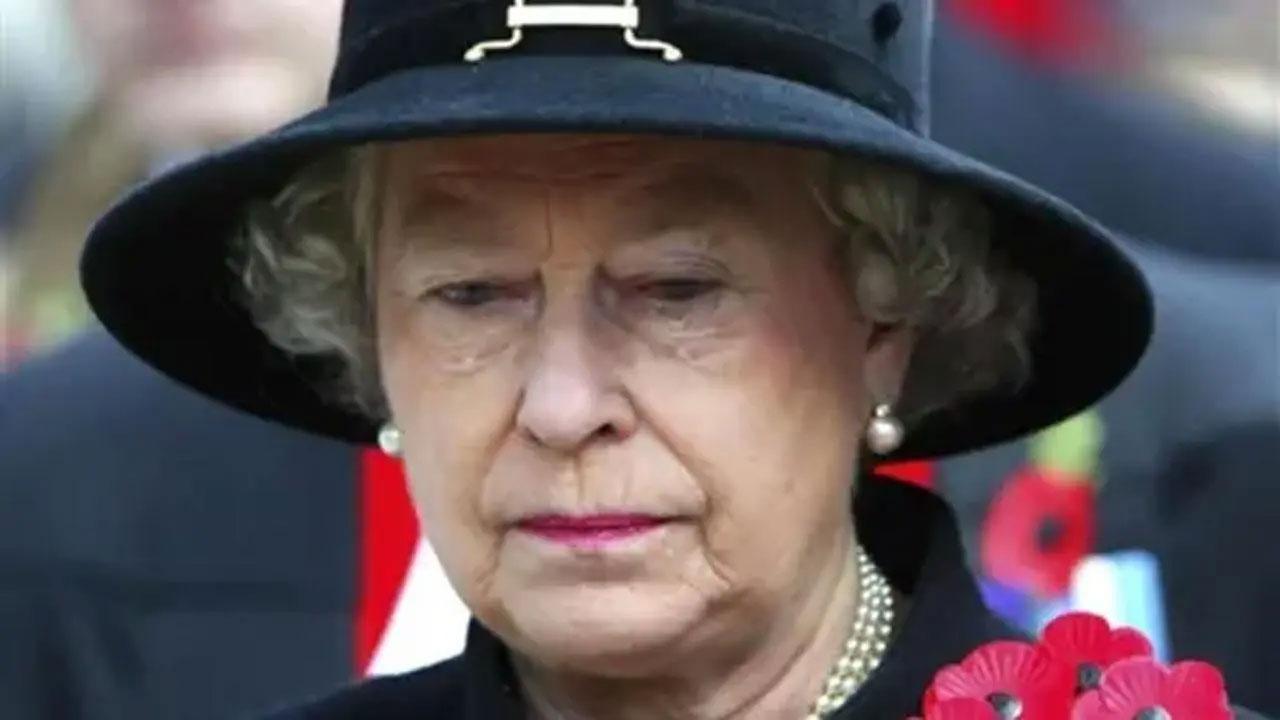A look at the centuries-old traditions and rules surrounding the accession of a new British monarch

Queen Elizabeth II. Pic/PTI
Charles became king immediately upon the death of his mother, Queen Elizabeth II, on Thursday. He was officially proclaimed King Charles III on Saturday during a ceremony at St James's Palace in London, and many more formal steps will follow until his coronation, which may not come for months. A look at the centuries-old traditions and rules surrounding the accession of a new British monarch:
ADVERTISEMENT
Who formally declares new monarchs?
In Britain, the death of a sovereign and their successor is officially proclaimed by the Accession Council, formed of a large group of senior politicians and officials.
Traditionally, the council is summoned within 24 hours of a monarch’s death for a ceremonial meeting at St James’s Palace. But the accession ceremony for King Charles III was delayed because the queen’s death wasn't announced until early evening on Thursday, and there was not enough time to set the plans in motion for Friday. The Accession Council is formed of members of the Privy Council, mostly past and present politicians, including all living prime ministers, as well as Church of England leaders and senior royals, and other ceremonial leaders, such as the Lord Mayor of London.
Also Read: England gets a king after 70 years
The Privy Council advises the monarch and is one of the oldest parts of government. It can be traced back to the time of the Norman kings when the monarch met with a group of advisers in private, pre-dating the modern functions of a government cabinet. Historically, the entire Privy Council is called to the Accession Council to oversee the new monarch's proclamation. But just 200 were summoned Saturday because the number of Privy Council members now stands at 700. The ceremony was broadcast live on television for the first time on Saturday.
The proclamation
Shortly after a new monarch is formally confirmed, the sovereign holds his first Privy Council meeting, makes a personal declaration and then signs an oath to maintain the Church of Scotland, according to the Act of Union of 1707. Afterward, a heraldic official known as the Garter King of Arms publicly reads out the proclamation of the new sovereign from a balcony at St James's Palace and gun salutes are fired around London.
This story has been sourced from a third party syndicated feed, agencies. Mid-day accepts no responsibility or liability for its dependability, trustworthiness, reliability and data of the text. Mid-day management/mid-day.com reserves the sole right to alter, delete or remove (without notice) the content in its absolute discretion for any reason whatsoever
 Subscribe today by clicking the link and stay updated with the latest news!" Click here!
Subscribe today by clicking the link and stay updated with the latest news!" Click here!







